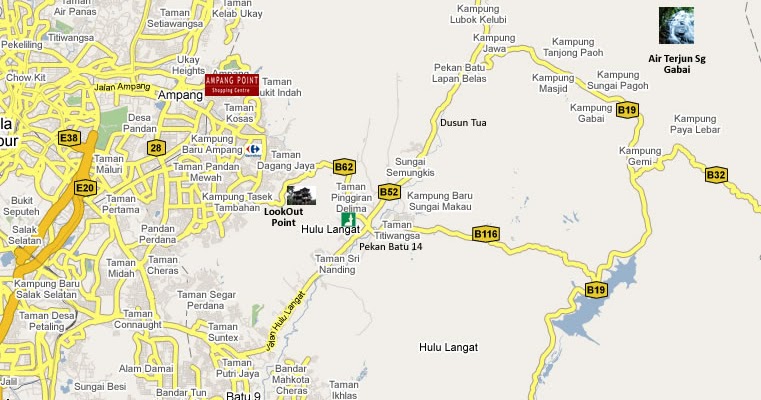
Koi Pond Zone Map: A Complete Guide to Understanding the Different Zones for Koi Health and Growth
Introduction

Koi ponds are beautiful water features that can add a touch of serenity and nature to any outdoor space. However, maintaining a koi pond can be a daunting task, especially for those who are just starting out. One of the critical aspects of maintaining a healthy and vibrant koi pond is understanding the different zones in the pond and their effects on koi health and growth. In this article, we’ll provide you with an in-depth guide on the koi pond zone map.
What is a Koi Pond Zone Map?
A koi pond zone map is a diagram that shows the different areas of a koi pond and their respective functions and characteristics. It helps pond owners to understand the different zones’ essential roles and how to maintain them to promote koi health and growth. In general, a koi pond consists of three distinct zones that are crucial to the overall balance and sustainability of the pond.
Zone 1: The Surface Zone
The surface zone of a koi pond is the top layer of water that covers the pond’s surface. It is the area where oxygen is exchanged, and carbon dioxide is released. This zone is essential for maintaining a perfectly balanced ecosystem in the pond. A well-maintained surface zone should have enough oxygen to support a large number of koi fish, but not so much that the pond’s surface is agitated.

How to Maintain the Surface Zone?
- Install aeration devices such as air stones or bubblers to increase oxygen levels.
- Limit the number of fish in the pond to prevent overloading the surface zone with waste.
- Keep the surface of the pond free from debris and plant matter which can clog up the surface and reduce oxygen exchange.
- Add aquatic plants such as water lilies that can help oxygenate the water during the day.
Zone 2: The Middle Zone
The middle zone of a koi pond is where most of the action happens. It is the zone where koi fish swim and play, and where most plants are located. This zone is where organic matter is broken down, and bacteria thrive, converting harmful waste into useful nutrients. A well-maintained middle zone should have a balanced amount of waste and nutrients and be free from toxic substances such as ammonia and nitrite to promote healthy fish growth.
How to Maintain the Middle Zone?
- Keep the surface of the pond free from debris and plant matter which can clog up the surface and reduce oxygen exchange.
- Add aquatic plants such as water lilies and oxygenators that can help balance the ecosystem by releasing oxygen and consuming carbon dioxide and nitrates.
- Regularly test the water for harmful substances such as ammonia and nitrite.
- Maintain a balanced amount of fish and plants in the pond to prevent overloading the system with waste.
Zone 3: The Bottom Zone
The bottom zone of a koi pond is the deepest layer of water in the pond. It is where most of the decomposing matter settles, and beneficial bacteria thrive. This zone is critical for preventing the buildup of toxic substances that can harm koi fish. A well-maintained bottom zone should be free from any debris or sludge and contain a healthy amount of beneficial bacteria to break down organic matter.
How to Maintain the Bottom Zone?
- Regularly vacuum and clean the sludge from the bottom of the pond to prevent buildup.
- Add beneficial bacteria to the pond regularly to promote healthy decomposition and prevent harmful substaces from building up.
- Do not disturb the bottom zone too frequently; this can disrupt the ecosystem and harm the beneficial bacteria.
Conclusion
Maintaining a beautiful and vibrant koi pond requires knowledge and dedication. Understanding the koi pond zone map is an essential step towards achieving the perfect balance and promoting koi health and growth. By following the tips and tricks outlined in this article, you’ll be well on your way to becoming a koi pond expert in no time.